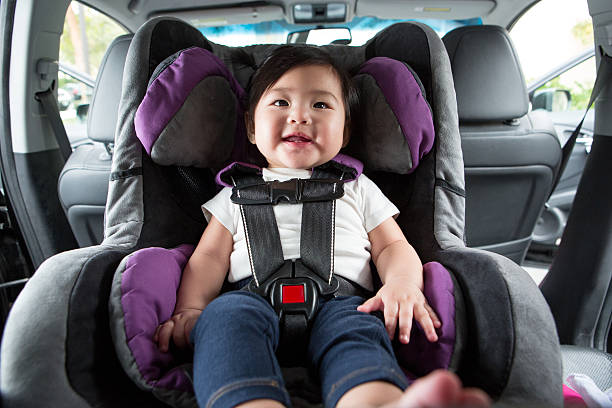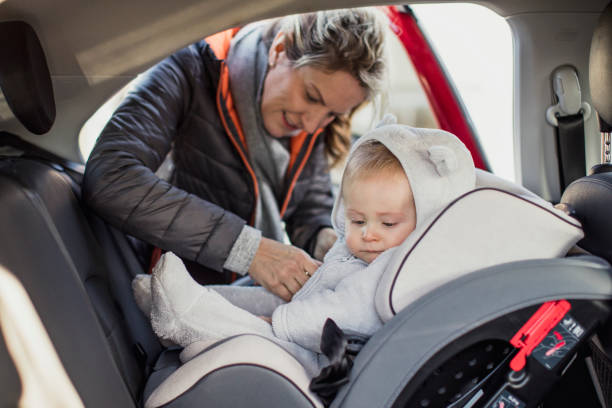Jeff Lupient Highlights the Importance of the Right Car Seat
The safety of your children should be of utmost priority, especially when it comes to riding a car. Choosing the right car seat and knowing when to transition from rear-facing to forward-facing is crucial for the well-being of your child. Rear-facing car seats are considered the safest option for infants and toddlers, as they provide superior protection in a crash. But there comes a time when your child needs to move to a forward-facing car seat.

The National Highway Traffic Safety Administration (NHTSA), along with the American Academy of Pediatrics (AAP), recommends keeping your child in a rear-facing car seat as long as possible, at least until they reach the age of two. They can also switch once they outgrow the limits to the height and weight set by the car seat manufacturer. When making the transition, Jeff Lupient asks parents to consider the following factors:
Height and weight limits
Refer to the car seat manufacturer’s guidelines for height and weight restrictions. Only make the switch once your child exceeds these limits, not before.
Age and development
While age is not the primary factor, it’s a good guideline. Keep your child rear-facing for as long as possible, but at least until age two.
Legroom and comfort
According to Jeff Lupient, many modern car seats have extended legroom, so don’t worry about your child’s legs touching the seat back. They are more flexible and less prone to injury than their upper body.
Safety seat laws
Familiarize yourself with the laws in your area, as they may dictate specific requirements for car seat usage.
Car seat convertibility
Jeff Lupient advises parents to consider a convertible car seat that allows for both rear-facing and forward-facing positions, extending your child’s safety in the rear-facing position.

Transitioning your child to a forward-facing car seat is a significant safety milestone. Still, it’s essential to prioritize their safety by adhering to recommended guidelines and not rushing this transition. Remember that every child is different, so make the switch when your child has truly outgrown the rear-facing seat according to the manufacturer’s specifications. For Jeff Lupient, safety should always be the primary concern regarding your child’s well-being in the car.
Transitioning from rear-facing to forward-facing car seats is a critical step in your child’s growth and safety. While many parents eagerly anticipate the day their child faces forward in the car, it’s important not to rush this milestone.
Jeff Lupient says switching should prioritize your child’s safety, not convenience. Keep in mind that the rear-facing position remains the safest option for your child for as long as possible. The extended use of rear-facing seats is especially vital in protecting your child’s fragile neck and spine during an accident. Research shows that toddlers have a higher level of protection in rear-facing car seats, significantly reducing the risk of injury.
To read more insightful articles on buying cars and must-have accessories, make sure to stay updated with Jeff Lupient’s blog.

